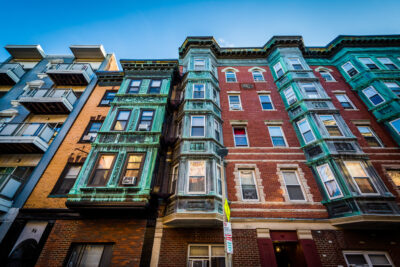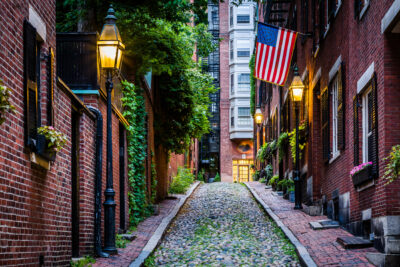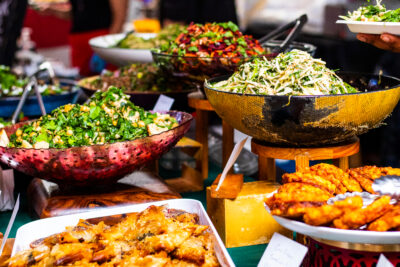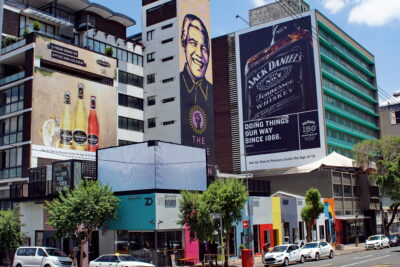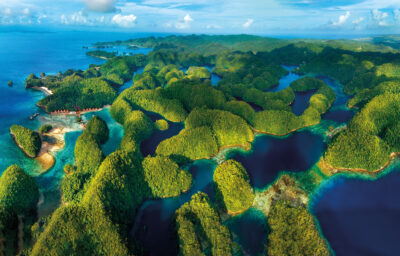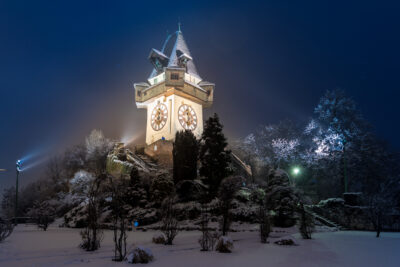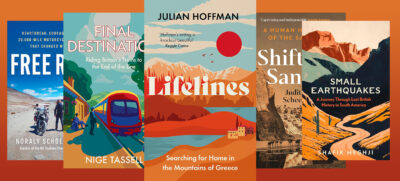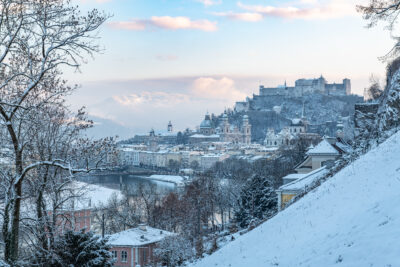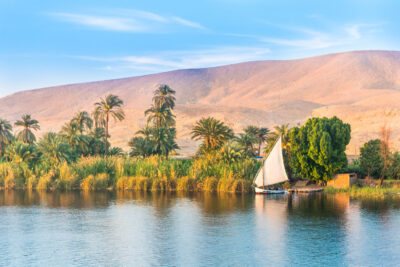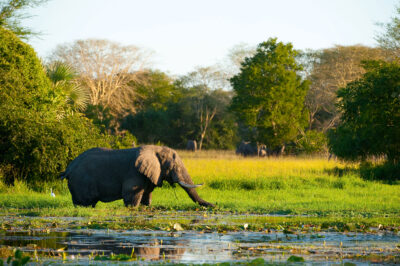
Wildlife in Mozambique: Where to find elephants, zebras and warthogs
Despite its troubled history, the lush savannahs, bird-rich woodlands and expansive coral reefs of Mozambique have the potential to offer this resilient nation a glittering future, writes Emma Gregg
Head north-east of South Africa, or follow the mighty Zambezi downstream from the safari heartlands of Zambia and Zimbabwe, and you’ll soon find yourself deep in the wilds of Mozambique. This sprawling southern African nation has, in many ways, just as much ecotourism potential as its neighbours, yet it receives a fraction of South Africa’s nine million or so annual visitors.
Before civil war (1977–92) tore it apart, Mozambique was a thriving bush-and-beach destination, attracting Hollywood greats and streams of ecotourists. But the long-term impact of the hostilities, compounded by years of political turbulence, poaching and extreme weather, brought the nation’s tourism industry to its knees.
Then, after decades of struggle, came the 2019 Maputo Accord for Peace and National Reconciliation, signalling a commitment to unity. While pockets of instability remain in the north, long-running conservation projects, anti-poaching measures and sustainable tourism initiatives are gaining momentum elsewhere.
So, what can visitors expect? Bush and beach remain Mozambique’s trademark: think vast savannahs and woodlands where birds are gloriously abundant and wild mammals – though shy – are increasing in number. This is teamed with laid-back Indian Ocean enclaves where dolphins, whales, whale sharks and turtles swim free.
On the coast, particularly in the Bazaruto Archipelago and around Ponta do Ouro, Xai-Xai, Tofo and Mozambique Island, a scattering of modest guesthouses and barefoot-luxury lodges make the most of their pristine surroundings. Inland, the safari scene is slowly powering up and currently offers plenty of potential.
What Mozambique lacks, for now, is an extensive network of camps and lodges where professional guiding is a priority and wildlife sightings are, if not guaranteed, at least expected. But the foundations are there, especially in the southern national parks. For Gorongosa, a wilderness restoration project that has won the support of leading conservationists and the admiration of Sir David Attenborough, a particularly promising future lies ahead.
Where to see wildlife in Mozambique
Bazaruto Archipelago

The Bazaruto Archipelago gathers together some of the very best ingredients for an island escape: swaying palms, sand dunes, near-empty beaches and abundant coral reefs teeming with marine life. To all this, it also adds a distinctively Mozambican twist. Locals speak Xitsonga, Portuguese and a dash of English, giving the islands a tropical lilt. Indian Ocean megafauna such as turtles, manta rays, dolphins, dugongs and humpback whales are sighted at sea. On the larger islands, you’ll find monkeys and duikers (small antelopes) scampering about freely.
Best for: Beachcombing, scuba diving and snorkelling among the coral reefs.
Stay at: For a romantic barefoot-luxury retreat with thatched cabanas, sparkling sands and twinkling lanterns at night, head to &Beyond Benguerra Island (andbeyond.com).
Maputo National Park
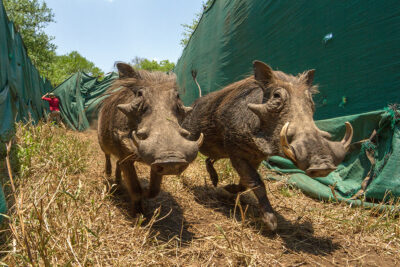
A beautiful wilderness area set on the Indian Ocean, Maputo National Park is a uniquely attractive patchwork of wetlands, grasslands and rare dune forests. Once ravaged by poachers, it was given a new lease of life in the 2010s when zebras, antelopes, warthogs and numerous other species were reintroduced. There’s a handful of eco-lodges, and fringing the park are glorious beaches with lush vegetation tumbling down to the shore. It offers a tricky choice: should you head inland in search of elephants and birds or out to sea for tropical fish, dolphins and turtles?
Best for: Bush and beach in a single location.
Stay at: Ponta Membene is a modest beach retreat and campsite with a contemporary vibe (membene.co.mz). Or head to Montebelo
Milibangalala Bay Resort for a comfortable coastal escape (montebelohotels.com).
Gorongosa National Park
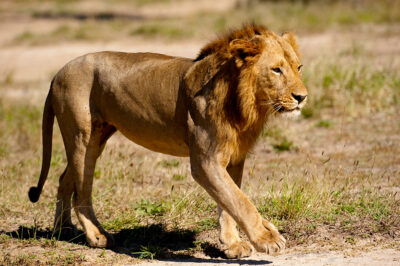
In Mozambique’s mid-20th-century heyday, Gorongosa was a superb wildlife-watching area. It was home to lions, elephants, wildebeests and buffalos in formidable numbers. The mass extermination of animals that occurred here during the civil war was a global tragedy, so it’s fitting that an international conservation team has driven the park’s recovery. Central to its mission is community awareness, ensuring those living nearby benefit from human-elephant conflict mitigation, health clinics and empowerment programmes. Today, the park is a beacon of hope.
Best for: Guided nature drives, spotting antelopes, elephants and – with luck! – lions.
Stay at: Montebelo Gorongosa Lodge has modest chalets (montebelohotels.com), while Muzimu Lodge, on the banks of the Mussicadzi, comes with smart little safari tents (gorongosasafaris.com).
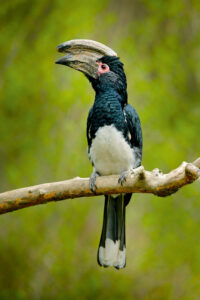
Mozambique Island
The first capital of colonial Mozambique is better known for its UNESCO-listed heritage, but there are also opportunities to encounter humpback whales, which migrate to its waters between July and October to mate and calve. Ilha Blue (ilhablue.com), a member of the World Cetacean Alliance, offers responsible whale-watching trips.
Manda Wilderness
This conservancy beside Lake Niassa, the Mozambican section of Lake Malawi, offers the rare chance to combine bushwalks with kayaking in mangrove-fringed waters teeming with cichlids (tropical fish).
Niassa Reserve
Vast and remote but with minimal infrastructure, Niassa was considered unsafe until recently. Strictly for hardy adventurers, it has been badly affected by poaching in the past, but its open savannahs and miombo forest are now home to large herds of elephants, antelopes and zebras.
Vilanculos Coastal Wildlife Sanctuary
Protecting 30,000 hectares of coastal bush and wetland, this region harbours dugongs, green and leatherback turtles, manta rays and over 300 bird species, including kingfishers and flamingos.
Need to know
When to go
May to November (the dry season) is the best time for watching wildlife; the rainy season is more challenging. Humidity starts to build in late November and the rains peak in January and February. Cyclones and floods can bring coastal regions to a standstill.
Getting there & around
There are currently no direct flights from the UK to Mozambique. Ethiopian Airlines (ethiopianairlines.com) flies from London Heathrow to Maputo International Airport via Addis Ababa, while British Airways (ba.com) and Airlink (flyairlink.com) share a route via Johannesburg. Flights cost from around £551 return and take about 15.5 hours.
Maputo National Park is roughly an hour’s drive south of capital Maputo. Elsewhere, distances are huge, so tours often include flights and private transfers. Alternatively, you can hire your own 4WD vehicle with or without a driver/guide.
The Bazaruto Archipelago can be reached by boat or helicopter from Vilankulo. For Gorongosa National Park, fly to Beira; from there it’s at least five hours’ drive to the park.
Further reading & information
Mozambique by Philip Briggs (Bradt Guides, 2022; eighth edition) is a useful guide.
